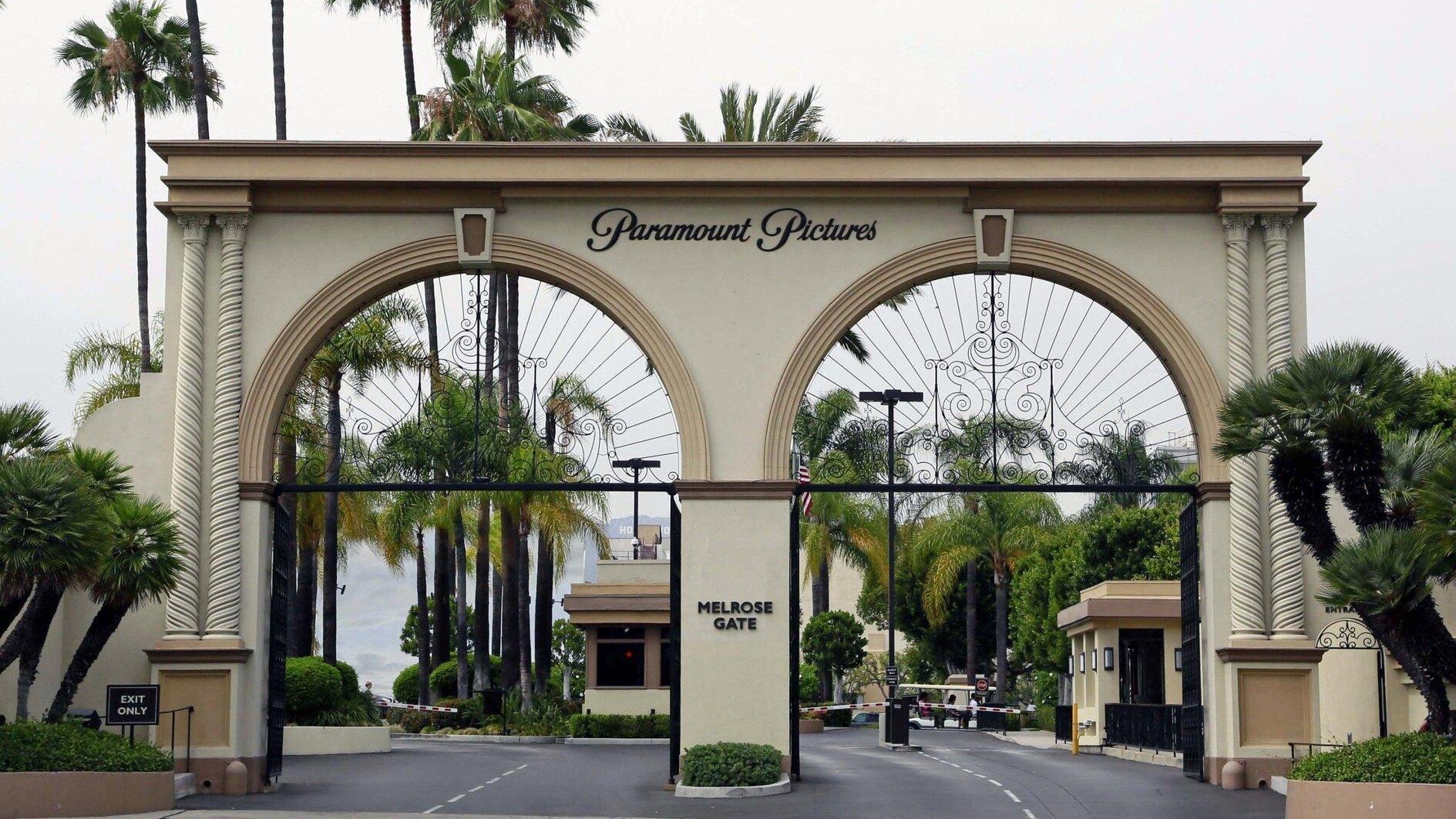
The entertainment giant Paramount will merge with Skydance, closing out a decades-long run by the Redstone family in Hollywood and injecting desperately needed cash into a legacy studio that has struggled to adapt to a shifting entertainment landscape.
It also signals the rise of a new power player, David Ellison, the founder of Skydance and son of billionaire Larry Ellison, the founder of the software company Oracle.
Shari Redstone's National Amusements has owned more than three-quarters of Paramount’s Class A voting shares through the estate of her late father, Sumner Redstone. She had battled to maintain control of the company that owns CBS, which is behind blockbuster films such as “Top Gun" and “The Godfather.”
Just weeks after turning down a similar agreement with Skydance, however, Redstone agreed to a deal on terms that had not changed much.
“Given the changes in the industry, we want to fortify Paramount for the future while ensuring that content remains king,” said Redstone, who is chair of Paramount Global.
The new combined company is valued at around $28 billion. In connection with the proposed transaction, which is expected to close in September 2025 pending regulatory approval, a consortium led by the Ellison family and RedBird Capital will be investing $8 billion.
Skydance, based in Santa Monica, California, has helped produce some major Paramount hits in recent years, including Tom Cruise films like “Top Gun: Maverick” and installments of the “Mission Impossible” series.
Skydance was founded in 2010 by David Ellison and it quickly formed a production partnership with Paramount that same year. If the deal is approved, Ellison will become chairman and chief executive officer of what’s being called New Paramount.
Ellison outlined the vision for New Paramount on a conference call about the transaction on July 8. In addition to doubling down on core competencies, notably with a “creative first” approach, he stressed that the company needs to transition into a “tech hybrid” to stay competitive in today's evolving media landscape.
“You’ve watched some incredibly powerful technology companies move into the ... media space and do so very successfully,” Ellison said. He added that it was “essential” for New Paramount to chart a similar course going forward.
That includes plans to “rebuild” the Paramount+ streaming service, Ellison noted — pointing to wider goals to expand direct-to-consumer business, such as increasing engagement time on the platform and reducing user churn. He also said that the company aims to transition to more cloud-based production and continue the use of generative artificial intelligence to boost efficiency.
Paramount is one of Hollywood’s oldest studios, dating back its founding in 1914 as a distributor. Throughout its rich history, Paramount has had a hand in releasing films — from “Sunset Boulevard" and “The Godfather," to “Raiders of the Lost Ark” and “Titanic.”
The studio also distributed several early Marvel Cinematic Universe films, including “Iron Man" and "Thor,” before the Disney acquisition. In addition to “Mission: Impossible” and “Top Gun,” Paramount’s current franchises include “Transformers,” “Star Trek” and “Jackass.”
While Paramount has not topped the annual domestic box office charts for over a decade, the wild box office success of “Top Gun: Maverick” in 2022 (nearly $1.5 billion worldwide) was an important boon to both movie theaters and the industry’s pandemic recovery.
Still, its theatrical output has declined somewhat in recent years. Last year it released only eight new movies and came in fifth place for overall box office at around $2 billion — behind Universal (24 films), Disney (17 films), Warner Bros. and Sony.
This year the release calendar is similarly modest, especially with the absence of “Mission: Impossible 8,” which was pushed to 2025 amid the strikes. The studio has had some successes, with “Bob Marley: One Love” and “A Quiet Place: Day One,” and still to come is Ridley Scott’s “Gladiator” sequel.